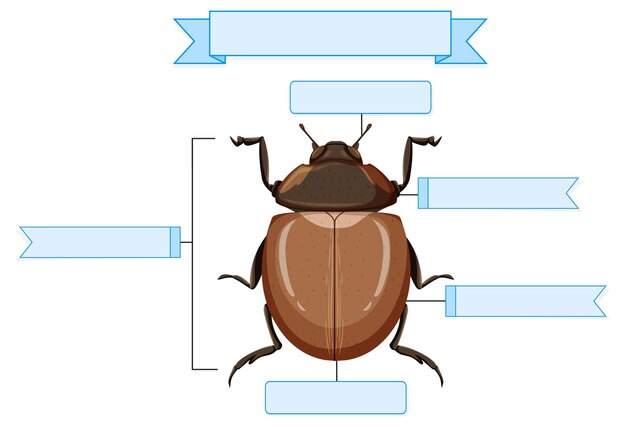Cicada Facts – Discovering the Fascinating World of These Enigmatic Insects

Cicadas are insects known for their loud and distinctive buzzing sounds.
Male cicadas produce their noise through specialized structures called tymbals on their abdomens.
There are over 3,000 species of cicadas found all over the world.
Cicadas have been on Earth for millions of years, with fossil evidence dating back to the Mesozoic era.
The life cycle of a cicada can last anywhere from two to seventeen years, depending on the species.
Cicadas spend the majority of their lives underground as nymphs, feeding on plant roots.
When it’s time for them to emerge, cicada nymphs climb onto tree trunks and shed their exoskeletons to reveal their adult form.
Cicadas have large compound eyes, which give them excellent vision and allow them to detect movement.
They also have incredibly strong wings, enabling them to fly at high speeds.
Cicadas are not harmful to humans or animals, as they do not bite or sting.
However, their presence can be quite noisy and unsettling due to their loud calls.
Cicadas have a unique defense mechanism called startle display, where they suddenly expose their brightly colored wings to scare away predators.
Many cultures around the world have associated cicadas with rebirth, transformation, and immortality.
Cicadas are often featured in folklore, poetry, and literature due to their distinct sound and mysterious life cycle.
The periodical cicadas, known as broods, emerge all at once in massive swarms, creating a spectacle that only occurs every few years.
Cicada Facts – Discovering the Fascinating World of These Enigmatic Insects part 2
The largest cicadas can reach up to 2.5 inches in length, while smaller species may only measure a few centimeters.
Cicadas have a natural antifreeze substance in their blood, allowing them to survive cold temperatures.
Some species of cicadas have remarkable camouflaging abilities, blending perfectly into their surroundings.
Cicadas are herbivores, feeding on sap from tree branches using their specialized mouthparts.
The sounds produced by male cicadas are actually mating calls to attract females.
Female cicadas can lay hundreds of eggs during their short adult lifespan.
Cicadas play a crucial role in their ecosystems by aerating the soil while burrowing as nymphs.
Certain species of cicadas have synchronized life cycles, where they emerge in large numbers, ensuring successful mating and survival.
Cicadas have a unique ability to regulate their body temperature through behavioral adaptations.
Some cicada species mimic the sound of other animals to confuse and deter predators.
Certain species of cicadas have intricate wing patterns, resembling vibrant stained glass windows.
Cicada exoskeletons can often be found attached to tree bark, serving as a reminder of their presence long after they have molted.
Cicadas have been depicted in ancient Egyptian hieroglyphics, representing resurrection and new life.
The singing chorus of cicadas can reach up to 100 decibels, which is as loud as a lawnmower or a chainsaw.
In some countries, cicadas are considered a delicacy and are consumed as a source of protein.
The life span of an adult cicada typically ranges from two to four weeks.
Cicadas have been known to form symbiotic relationships with certain species of ants, benefiting both parties.
Some cicada species have distinct color variations, such as bright green, orange, or even purple.
Cicadas are exceptional fliers and can reach speeds of up to 10 miles per hour.
Certain species of cicadas have receptors on their legs that can detect changes in temperature and humidity.
Cicadas have a natural ability to shed and regenerate their damaged limbs.
The loud buzzing noise produced by cicadas is primarily a mating call, attracting females from a distance.
Cicadas have been observed to synchronize their calls to create a collective chorus, making their presence even more prominent.
The waxy substance coating cicadas’ bodies helps protect them from dehydration and maintains their vibrant appearance.
Cicadas create tunnels underground as nymphs, providing beneficial aeration for plant roots.
The mating behavior of some cicadas involves a complex courtship ritual, including specific wing, leg, and abdomen movements.
Certain species of cicadas are considered bioindicators, as their presence indicates a healthy and biodiverse ecosystem.
Cicadas are known for their ability to survive in various climatic conditions, from humid rainforests to arid desert regions.
Some studies suggest that cicada populations can help predict changes in climate and environmental patterns.
Cicadas are fascinating creatures that have captivated human interest for centuries, symbolizing resilience and the cyclical nature of life.

